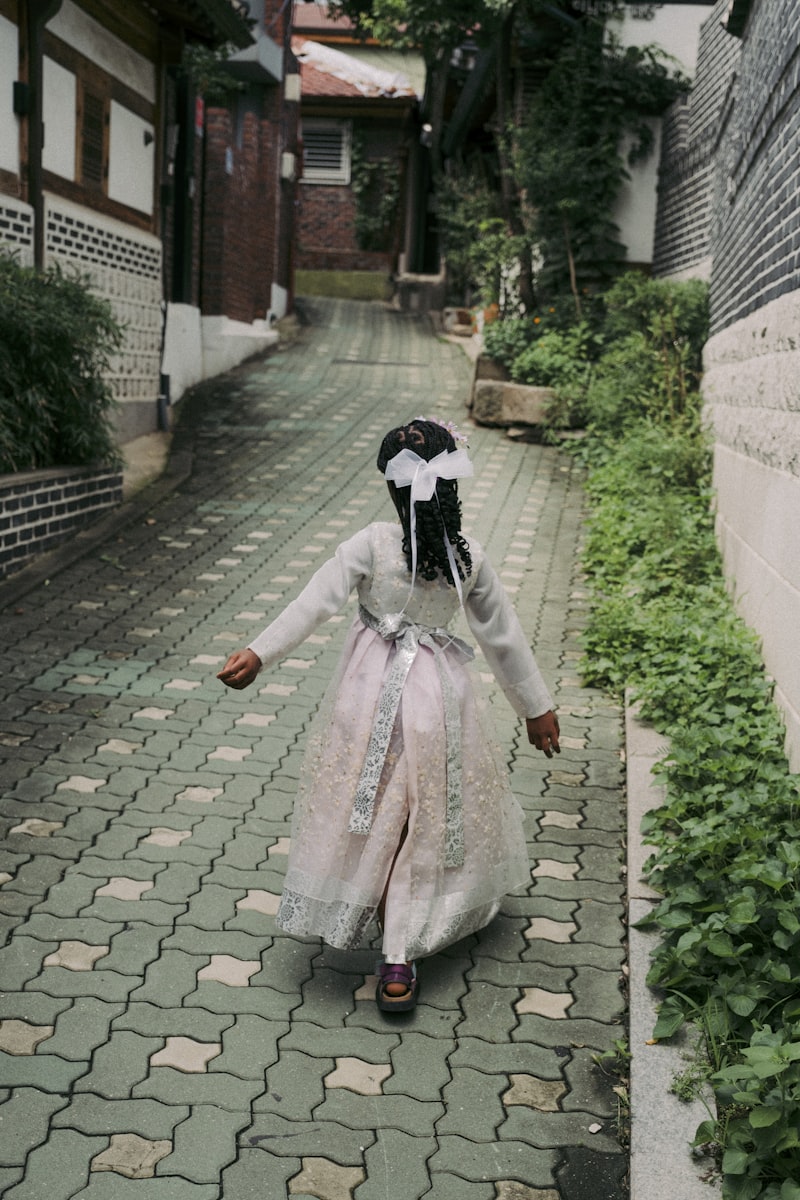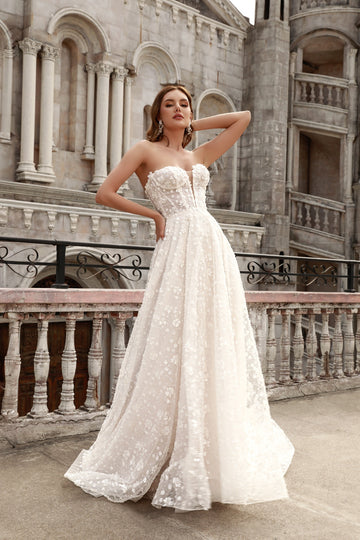The Cultural Significance of Wedding Dress Colors: A Global Perspective
The Cultural Significance of Wedding Dress Colors: A Global Perspective
Wedding dresses are more than just garments; they are steeped in meaning, tradition, and cultural significance. The choice of color for a wedding dress can convey deep messages and reflect cultural values, history, and personal beliefs. This article will explore the cultural significance of wedding dress colors across various societies worldwide, offering insights into the customs that shape these choices. We will delve into traditional colors, modern interpretations, and their implications in different cultures. Throughout the article, we will employ SEO strategies to ensure optimal engagement and reach in search engines, making it a valuable resource for those looking to understand this fascinating aspect of weddings.
Historical Overview of Wedding Dress Colors
The tradition of wearing specific colors for wedding dresses has evolved over time. In the West, the white wedding dress is iconic, thanks largely to Queen Victoria's choice to wear white during her marriage to Prince Albert in 1840. However, this was not always the norm. Prior to this, brides wore dresses of various colors, each signifying different values and beliefs.
In Eastern cultures, colors such as red are dominant, symbolizing good fortune and happiness. This divergence prompts an exploration of the cultural significance behind these colors.
White: Purity and Innocence in Western Cultures
In Western cultures, white is synonymous with purity and innocence. The adoption of the white dress by Queen Victoria set a precedent that many Brides followed, establishing a tradition that endures today. However, white is not the only color brides have used. Historically, blue also represented fidelity and is still a popular choice for brides who incorporate "something blue" into their attire. The chart below summarizes various Western wedding dress colors and their meanings:
| Color | Meaning |
| White | Purity and Innocence |
| Blue | Fidelity |
| Red | Passion |
| Pink | Romance |
Red: A Symbol of Luck and Prosperity in Eastern Cultures
In many Asian cultures, particularly in China, red holds immense significance. A traditional Chinese wedding dress, or qipao, is often red, symbolizing good luck, happiness, and prosperity. Red plays a vital role in Chinese weddings, where decorations, invitations, and even envelopes filled with money are often red. This is contrasted against the Western tradition, showcasing how cultural contexts shape the perception of color.

Modern Interpretations and Trends
While traditional colors still hold significance, modern brides often embrace eclectic choices that reflect personal style and contemporary trends. This shift towards personalized approaches has opened up discussions about non-traditional wedding dress colors, such as black, gold, and pastels.
Black, once seen as taboo for weddings in many cultures, has started to gain popularity, reflecting sophistication and elegance. Likewise, pastel colors evoke softness and are increasingly favored for their romantic appeal. Below is a brief overview of modern trends:
| Color | Meaning |
| Black | Sophistication and Elegance |
| Gold | Prosperity and Luxury |
| Pastel Colors | Romance and Softness |
The Influence of Celebrity Weddings
Celebrity weddings often set trends and influence public perception towards wedding dress colors. For example, when Meghan Markle opted for a sophisticated, understated dress by Clare Waight Keller, it sparked a trend of minimalist wedding attire. Celebrities like Solange Knowles have also embraced bold colors, further diversifying the landscape of wedding dress variations.
Cultural Nuances: Variations in Color Meanings
It's essential to recognize that the meanings behind wedding dress colors can vary drastically across cultures. For instance, in India, wedding attire is often vibrant and includes intricate work, with colors such as white being reserved for mourning rather than joyous occasions. Understanding these cultural nuances is critical for making informed choices, especially in multicultural contexts.
Emerging Global Trends in Wedding Attire
Globalization has led to a blend of traditions and an amalgamation of wedding customs, creating new opportunities for couples to incorporate various colors and styles. Destination weddings often showcase this blend, where couples may opt for colors symbolizing their heritage while also integrating personal preferences.
Conclusion: Celebrating Diversity Through Color
The cultural significance of wedding dress colors reveals the rich tapestry of human traditions, emotions, and values. While the white dress symbolizes purity in Western cultures, the vibrant reds of Eastern traditions signify luck and prosperity. Each color tells a story and serves as a reflection of both personal preferences and cultural heritage.
As couples plan their weddings, understanding the meanings behind different colors can lead to more mindful choices. Whether it’s maintaining tradition or embracing modern trends, the ultimate goal is to create a wedding experience that resonates on a personal level. Ultimately, regardless of the color chosen, the most important element remains the love shared between partners, as it is this love that truly defines a wedding. Explore the colors that speak to you and embrace the cultural significance behind them for a deeply meaningful celebration.
Recommendations: When choosing a wedding dress color, consider your cultural background, personal style, and the symbolism attached to different colors. It might also be helpful to consult with family members to understand their perspectives on traditional colors. Doing so can help you honor your heritage while making a choice that is uniquely yours.
